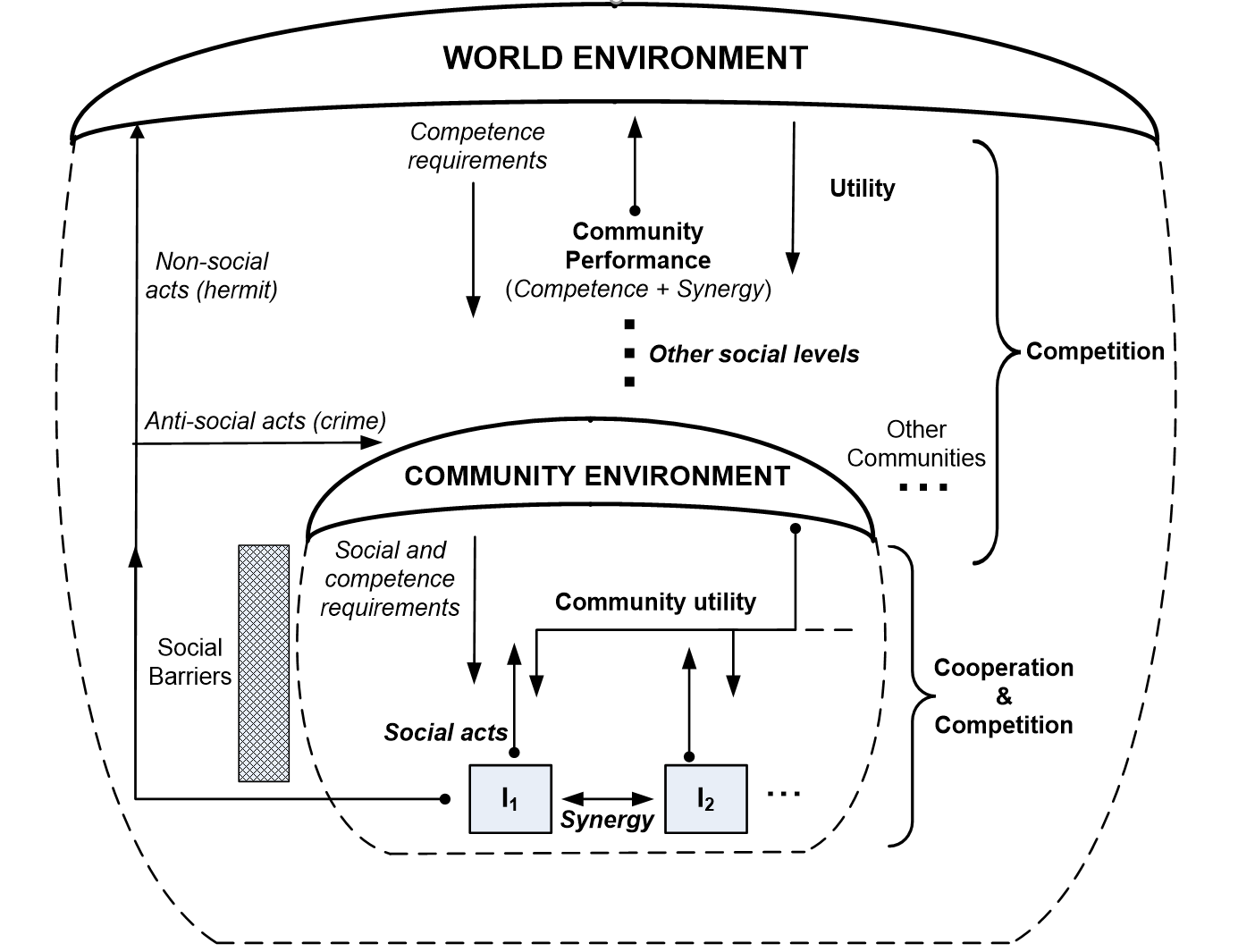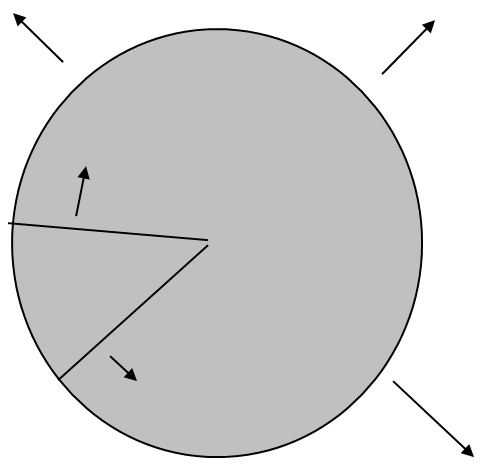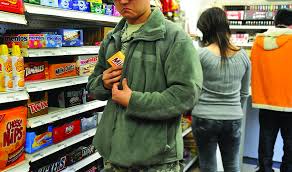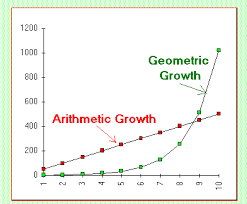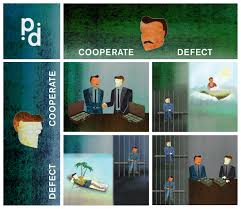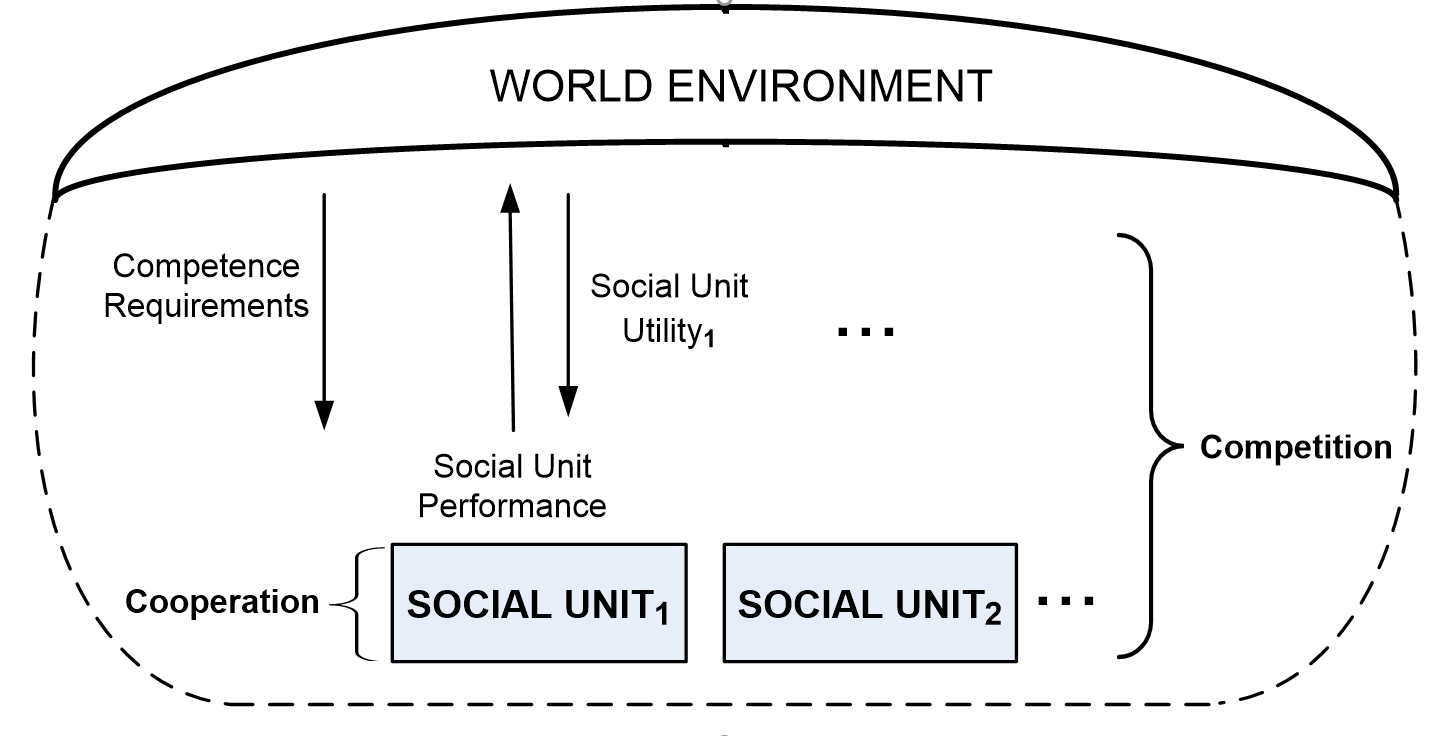Social hijack is when individuals take control of a society for their own ends, as a virus can hijack a cell to serve its purposes. A society can be governed in various ways: Autocracy is control by one person, aristocracy is control by an elite, plutocracy is control by the rich, democracy is control by all the citizens and anarchy is no-one in charge. Plato’s ideal leader was a benevolent dictator who enforced social order to create synergy and justly returned society’s gains to its citizens, i.e. enforced social synergy and denied corruption. However centralizing control to create social order by an autocratic king, emperor or pharaoh, invites social hijack.
Dictators can be the worst of leaders if they use society’s performance for their own personal luxury or power ends. Such corruption is not legitimate, so they must repress individuality by police state control and indoctrinate the masses into blind service by media propaganda. This makes corrupt dictatorships:
1. Unstable. If those who create social wealth gain nothing from it, they have, as Marx notes, “nothing to lose but their chains”. A privileged aristocracy living in luxury while the workers who create that wealth starve invites a grass-roots revolution. Hence corrupt dictatorships are unstable.
2. Impermanent. Royal bloodline dynasties ensure that when kings, emperors, pharaohs eventually die the power vacuum is filled by their offspring. Yet inevitably time produces incompetent or even insane offspring whose foolish acts lead to a civil war and the collapse of the dynasty. Hence corrupt dictator bloodlines eventually fall.
3. Poor. When a society blindly follows the whims of leader(s) who are isolated by their wealth from world realities, it inevitably becomes incompetent and fails to generate produce from the world. Hence corrupt dictatorships are poor.
Societies with absolute rulers, like Burma and North Korea, tend to be poor as their rulers replace productivity requirements by their personal social agendas; e.g. in Zimbabwe Mugabe addressed social inequity by driving white farmers off productive farms, then giving them to his cronies who looted but did not plant, grow or harvest. Equality without productivity turned what was the bread-basket of Africa into the basket-case of Africa. Likewise Mao’s Great Leap Forward caused hundreds of millions to die by incompetence. Yet such disasters need not trigger revolution, as only a new social system can replace an old one. If new social systems are repressed, the country simply remains poor. A corrupt dictatorship that maintains social order is an evolutionary dead-end, and only the leader’s death allows change.
Prosperity needs both competence and synergy. An ordered society without competence remains poor, as synergy is the interest paid on the capital of competence—if there is no capital there is no interest either. Synergies from social order (Rule 2) increase the competence gains of natural competition (Rule 1), but cannot displace them. Yet neither is Rule 1 alone sufficient, as a society of competent individuals feuding among themselves is also weak. Most now reject the Social Darwinist argument that since nature weeds out the weak so should society because it ignores the ties that bind us and reduces creative diversity. Just as Nature tolerates an extraordinary diversity of life, so it behooves a society to be tolerant of diversity, as who knows which citizen will invent a better future?
